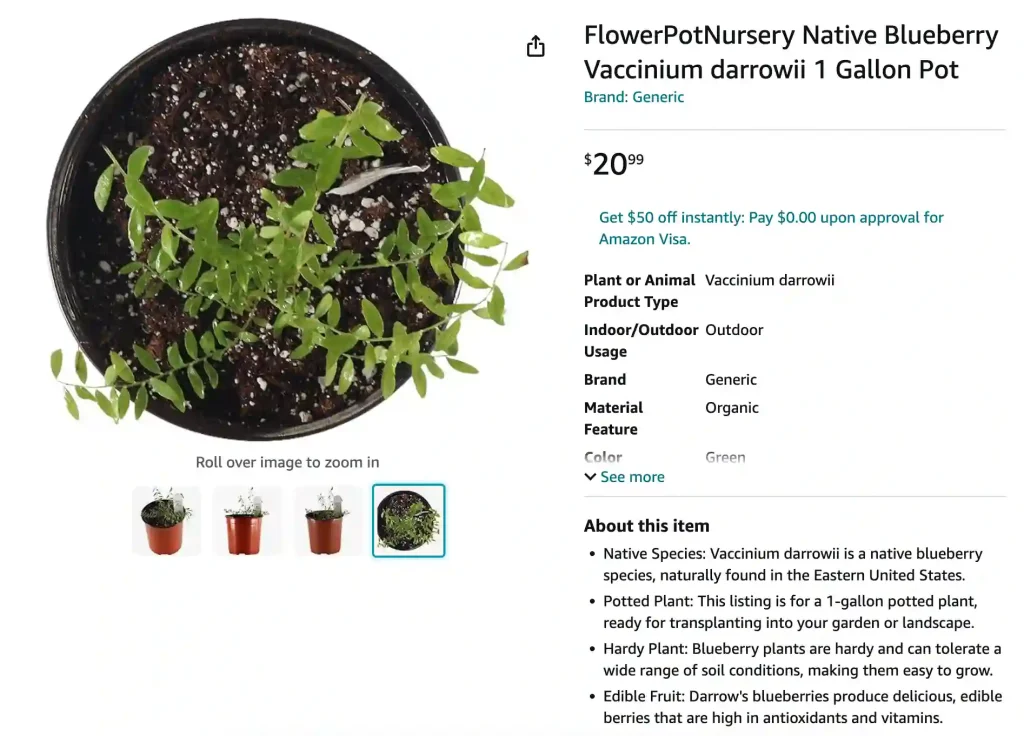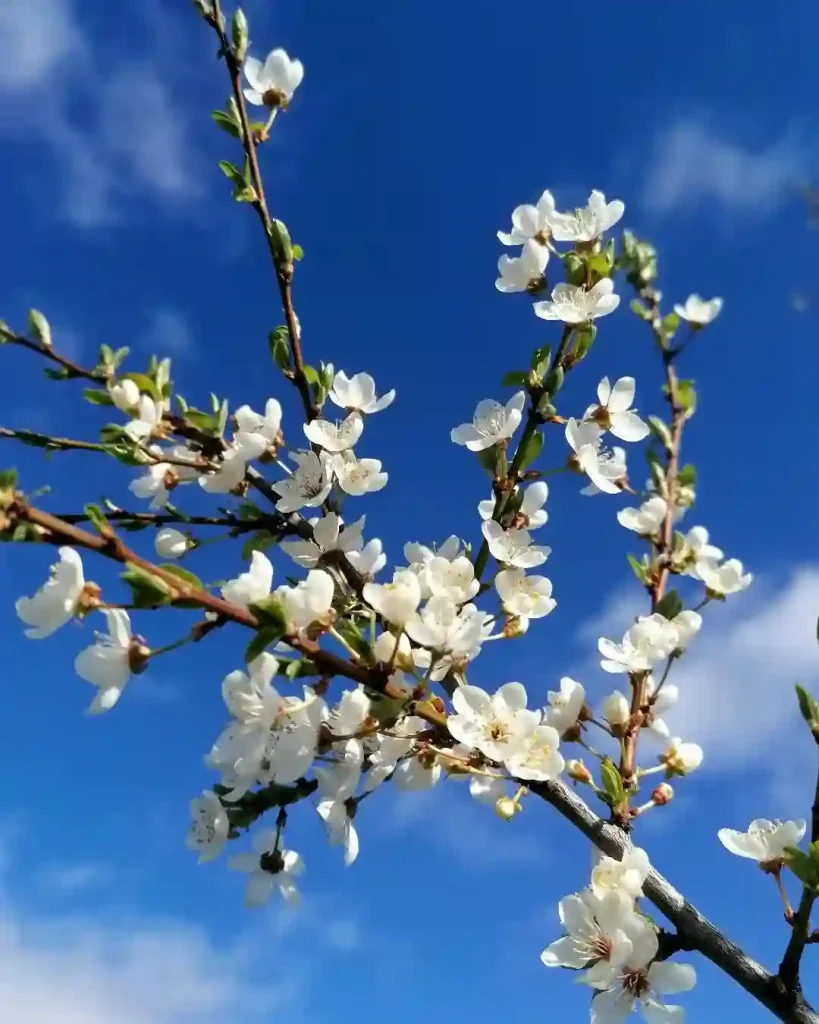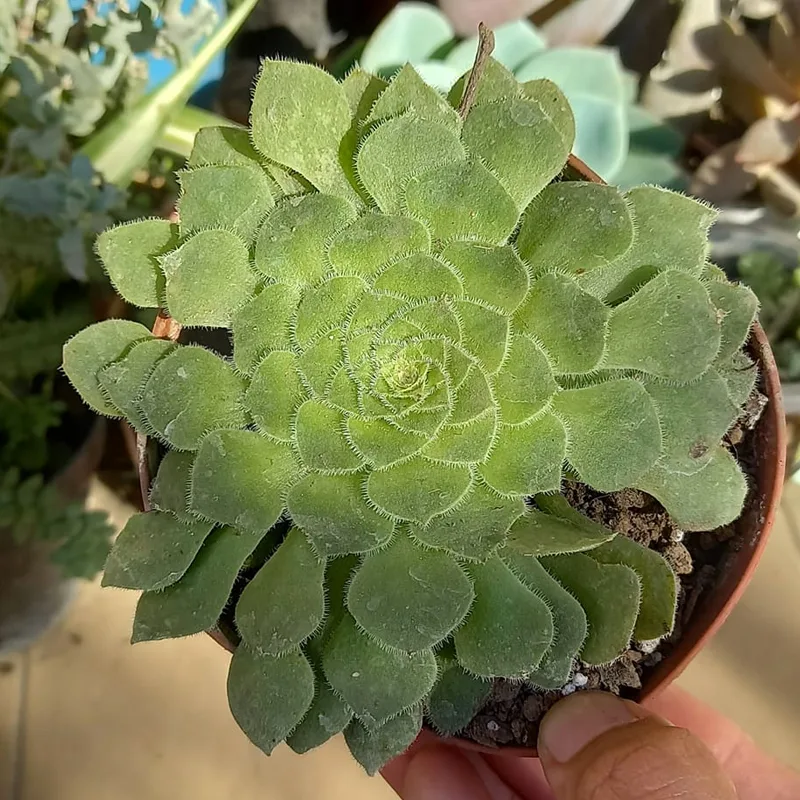
FAQs About Vaccinium Darrowii
I’ve had my fair share of experiences with Vaccinium Darrowii, a lesser-known but fascinating plant. If you’re considering adding it to your garden or just curious, here’s a comprehensive guide based on my personal insights and experiences.
488 Species in Genus Vaccinium
What is Vaccinium Darrowii?
Vaccinium Darrowii, often referred to as Darrow’s Blueberry, is a low-growing, evergreen shrub native to the southeastern United States. It’s a part of the Ericaceae family, which also includes other blueberries and cranberries. This plant is prized for its attractive, small, evergreen foliage and its ability to produce edible berries.
Is Vaccinium Darrowii Edible?
Yes, Vaccinium Darrowii is edible. The berries it produces are small but packed with flavor. They’re typically used in jams, jellies, and desserts. The taste is similar to other blueberries but slightly more intense. I’ve personally enjoyed making blueberry muffins with these berries, and they add a delightful burst of flavor.
How to Care for Vaccinium Darrowii?
Caring for Vaccinium Darrowii is relatively straightforward if you keep a few key points in mind:
- Soil: It thrives in acidic soil, ideally with a pH between 4.5 and 5.5. I recommend using peat moss or pine bark to help maintain the right acidity.
- Light: It prefers full sun to partial shade. I’ve found it does best with at least 4-6 hours of sunlight per day.
- Watering: Regular watering is essential, especially during dry spells. However, be cautious of waterlogging, as it can cause root rot.
- Pruning: Light pruning helps maintain its shape and remove any dead or diseased branches. I usually prune after fruiting to avoid cutting off potential berries.
How to Propagate Vaccinium Darrowii?
Propagating Vaccinium Darrowii can be done through several methods:
- Cuttings: Take semi-hardwood cuttings in late summer. Dip the cut ends in rooting hormone and plant them in a mix of peat and sand. Keep them moist and in a shaded area until they root.
- Seeds: You can also propagate from seeds, but it requires patience. Soak the seeds in water for 24 hours before planting them in a seed-starting mix. They need a cold stratification period of about 3 months before germination.
What to Plant with Vaccinium Darrowii?
Vaccinium Darrowii pairs well with other acid-loving plants. Here are a few companions that I’ve found to thrive alongside it:
- Rhododendrons: Their similar soil requirements make them great companions.
- Azaleas: They offer a nice contrast in foliage and bloom.
- Ferns: Their shade tolerance complements the blueberry’s needs for partial shade.
Can You Grow Vaccinium Darrowii Indoors?
Growing Vaccinium Darrowii indoors is possible but challenging. It requires a lot of light, ideally from a south-facing window or grow lights. The soil must be acidic, and humidity levels need to be higher than typical indoor conditions. I’ve tried growing it indoors, and while it can be done, it’s much more successful outdoors where it can fully thrive.
Is Vaccinium Darrowii Toxic?
No, Vaccinium Darrowii is not toxic. It’s safe for humans and pets. The berries are edible, and the plant doesn’t contain any harmful substances that could pose a risk. It’s a great choice for those looking to add a non-toxic shrub to their garden.
Benefits of Vaccinium Darrowii
Vaccinium Darrowii offers several benefits:
- Aesthetic Appeal: Its evergreen foliage provides year-round interest.
- Wildlife Friendly: The berries attract birds and other wildlife.
- Health Benefits: The berries are rich in antioxidants, vitamins, and minerals.
Common Problems with Vaccinium Darrowii
While Vaccinium Darrowii is relatively easy to care for, it does have some common issues:
- Pest Issues: Look out for aphids and spider mites, which can affect the plant. Regular inspections and a mild insecticidal soap can help manage these pests.
- Disease: It’s susceptible to fungal diseases like powdery mildew, especially in high humidity. Good air circulation and proper watering can help prevent this.
Compare with Other Blueberries
Compared to other blueberries, Vaccinium Darrowii is a compact shrub, making it suitable for smaller gardens or container growing. Its berries are smaller than those of highbush blueberries but still flavorful. It’s also more heat-tolerant than some other varieties, which can be an advantage in warmer climates.
In conclusion, Vaccinium Darrowii is a versatile and charming addition to any garden. Its edible berries, combined with its aesthetic and practical benefits, make it a worthwhile plant to consider. Whether you’re growing it for the fruit or its ornamental value, this blueberry shrub has much to offer.
If i die, water my plants!



